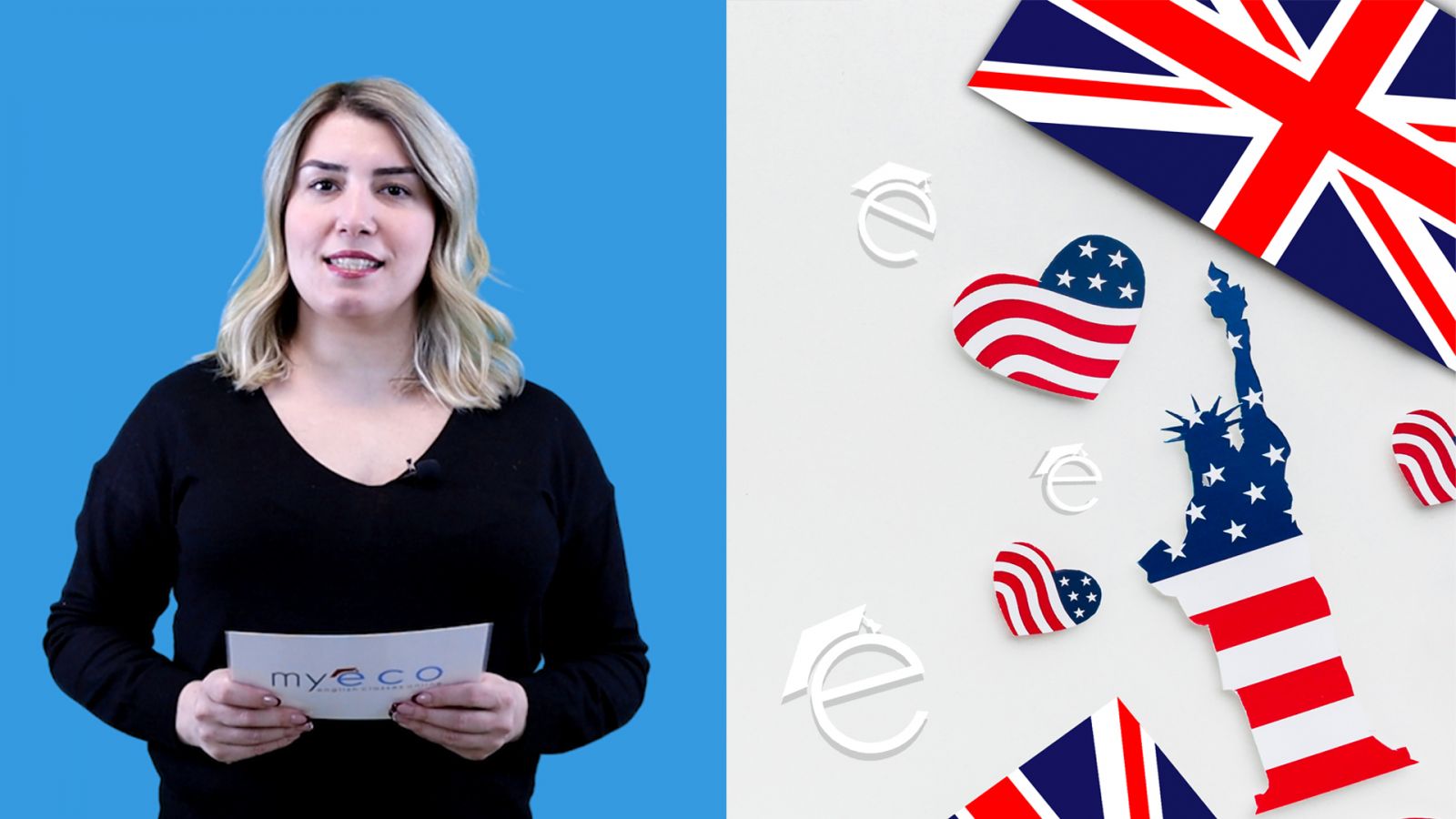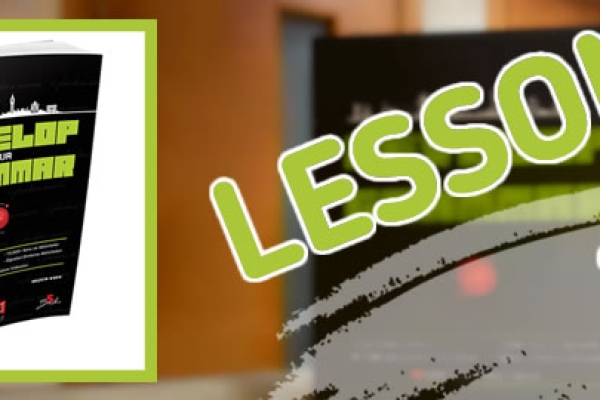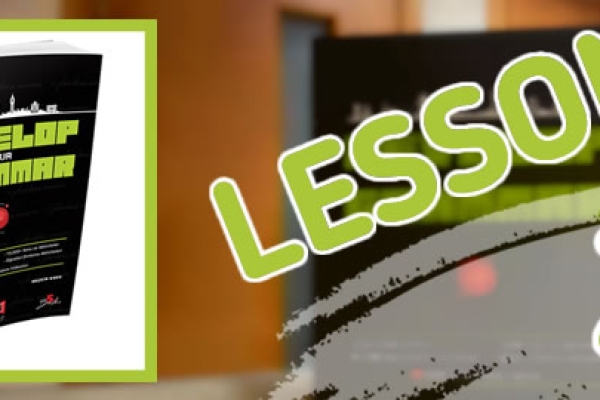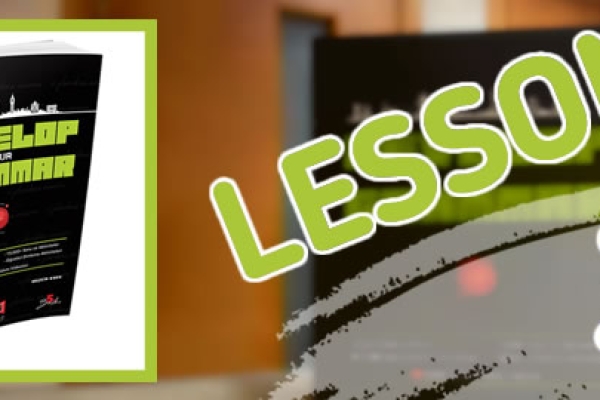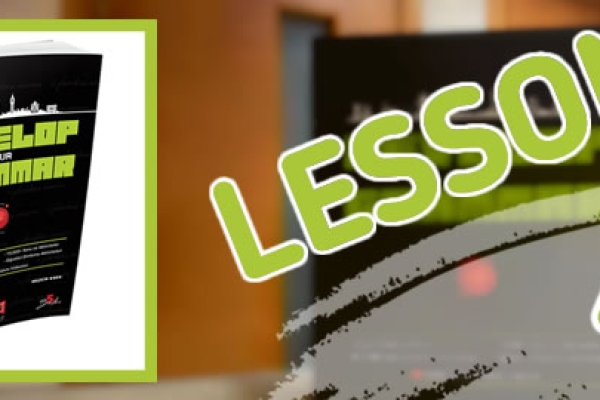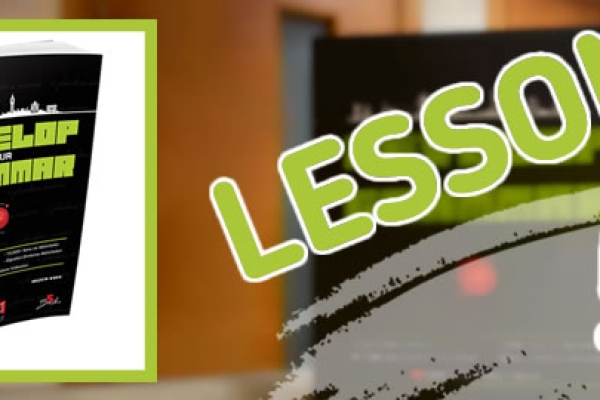Structure:
- Subordinator (Cause Conjunction) + Subject + Verb, Main Clause
- Common subordinators for cause and effect include:
- Because (çünkü)
- Since (çünkü)
- As (çünkü)
Examples:
- Because: "She was late because she missed the bus." (The cause of her being late is missing the bus.)
- Since: "Since it was raining, we stayed indoors." (The rain caused us to stay indoors.)
- As: "As he was tired, he went to bed early." (His tiredness led him to go to bed early.)
********* ********* ******** ********
Ücretsiz video derslerimiz aynı zamanda TEMEL İNGİLİZCE DİL BİLGİSİ kitabımızın konu anlatımlarıdır. Temel İngilizce Dil Bilgisi kitabımız ile bu videolara çalışarak İngilizce öğrenebilirsiniz.
Kitabı incelemek için aşağıdaki resme tıklayınız.
Temel Seviyede daha fazla ve farklı video dersler izlemek, daha fazla soru çözmek ve online aktiviteler yapmak için aşağıdaki kursumuzu inceleyiniz. (Resme tıklayınız.)




